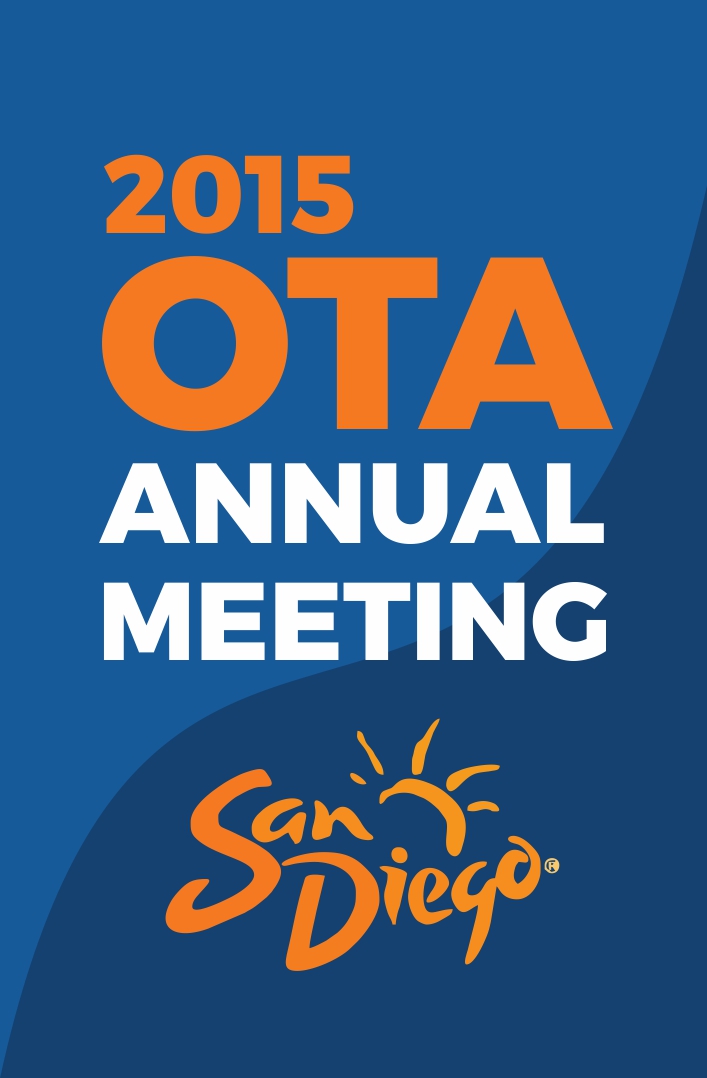
OTA 2015: E-navigation vs standard methods of distal locking for nailing of tibia fracture

OTA 2015: E-navigation vs standard methods of distal locking for nailing of tibia fracture
Can Electromagnetic Navigation for Distal Locking of Intramedullary Nail Reduce Procedure Time and Radiation Exposure?
CONFERENCE ACE REPORTS
This ACE Report is a summary of a conference presentation or abstract. The information provided has limited the ability to provide an accurate assessment of the risk of bias or the overall quality. Please interpret the results with caution as trials may be in progress and select results may have been presented.
Synopsis
157 patients with tibial fracture and undergoing intramedullary nail fixation were randomized to have the distal locking screw insertion assisted by electromagnetic navigation (E-navigation), or placement via conventional methods. Conventional methods of screw insertion included either the free-hand technique or the radiolucent drill technique. The purpose of the study was to compare the screw ins...
To view the full content, login to your account,
or start your 30-day FREE Trial today.
FREE TRIAL
LOGIN
Forgot Password?
Explore some of our unlocked ACE Reports below!

Learn about our AI Driven
High Impact Search Feature
Our AI driven High Impact metric calculates the impact an article will have by considering both the publishing journal and the content of the article itself. Built using the latest advances in natural language processing, OE High Impact predicts an article’s future number of citations better than impact factor alone.
Continue



 LOGIN
LOGIN

Join the Conversation
Please Login or Join to leave comments.